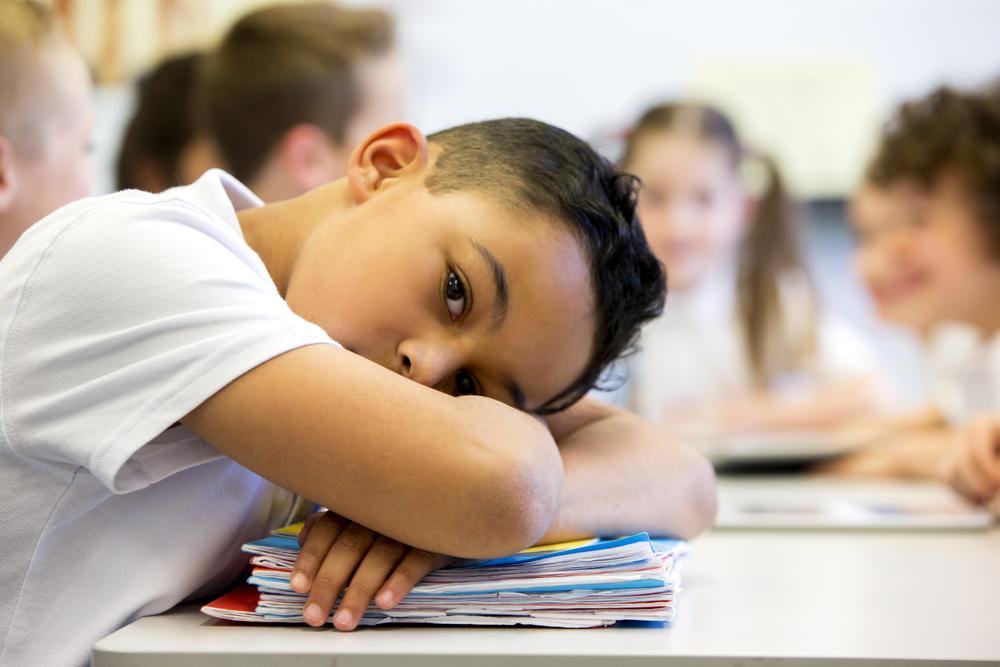In Texas and throughout the nation, parents and teachers will struggle to explain the unspeakable tragedy of Uvalde, TX to their children. We offer resources and tools for parents and teachers that might help.
Once again, the nation reels from the shock, grief, and pain of a school shooting. Our hearts go out to the people of Uvalde, TX who suffer grievously after a brutal attack on an elementary school, resulting in the tragic deaths of young students and heroic teachers. This follows quickly in the wake of the Buffalo mass shooting. It’s too much for adults, let alone kids.
Here are resources for parents and teachers to help children deal with these terrible events:
Tools for parents and teachers: Dealing with Children’s Grief and Fear
In addition to the children who were directly affected by events, news of this frightening tragedy will be difficult for all kids to understand. The following resources offer some guidance:
- 15 Tips for Talking with Children About Violence – These resources were originally compiled following the school shooting at Sandy Hook Elementary School but have been updated with recent events. Resources include suggestions for parents and educators on how to talk about school violence or violence in a community, discuss events in the news, and help children feel safe in their environment.
- Guide for Parents and Educators: Tips for Talking to Children and Youth After Traumatic Events (PDF) – A guide for parents, caregivers, and teachers.
- Helping Children with Tragic Events in the News – Tips from Fred Rogers Productions.
- When Something Scary Happens – Excellent resources to help families cope in emergencies and other challenging times from PBS Kids.
- Explaining the News to Our Kids – Dramatic, disturbing news events can leave parents speechless. These age-based tips on how to talk with kids about the news – and listen, too – can help.
- Explaining Death in a Child’s Terms
- Bereavement Reactions of Children & Young People By Age Group – A child’s reactions to grief can depend on many things, including their developmental stage. Bereaved children and teenagers will need ongoing attention, reassurance, and support. Find out more about the common reactions to grief and ways to support children at different ages and stages.
- Children’s Age-Related Reactions to a Traumatic Event (PDF)
- Children’s Developmental Stages Concepts of Death and Responses
- Understanding Childhood Grief
- National Child Traumatic Stress Network – A resource for the public, professionals, and others who care about children and are concerned about child traumatic stress.
- Kids’ Health: Anxiety, Fears & Phobias
Helping kids deal with the aftermath of difficult events
- Limit your child’s exposure to the news. Make sure that news about violent events is not playing over and over in the background on radios or TV. Watch news with your kids and discuss events and their feelings about things.
- When frightening events occur, watch your own reaction when children are nearby. When adults react dramatically, emotionally, or fearfully, it can be very unsettling for children, who take cues from adults. While you should be truthful in your feelings, be careful not to let your behavior shatter their sense of safety and security.
- Give comfort and reassurance. Allow children to express fear and sadness, don’t dismiss bad feelings. Encourage questions so you can understand their fears. They may be feeling vulnerable themselves, or they may fear losing parents or siblings that they depend on and love.
- Emphasize safety. Let children know that while sad and bad things do indeed happen, they are rare events. Most people are good. Reassure them that you will take care of them and keep them safe, and that police and teachers will help to look out for their safety, too. Use this as a time to reinforce safety rules.
- Channel things in a positive direction whenever possible. Point out good things, such as the heroism and bravery of police and doctors and the kindness of the people in the community. Use bad events as a springboard to reinforce gratitude and appreciation for life; the importance of kindness and empathy, the importance of helping others.
- Take positive action. We all feel helpless in the face of terrible events, children even more so. Encourage your child to take an action, such as making a donation, writing a letter, going to a church service, or leaving flowers or mementos at a memorial.
- Ensure that your communications are age appropriate. Young children don’t have a clear understanding of death even if they say the words and teens may appear to suppress reactions entirely. See links above for more on age-related reactions and communications.
- Keep an eye on things to ensure that they adjust. Watch for regression, clinging, hyperactivity in young children; at any age, kids who are anxious could exhibit sleep or eating disturbances. Teens or young adults may be obsessed with details of events. Watch how your kids play, how they talk about things to peers. If signs of disturbance persist, they may need the help of a professional, so they don’t stay “stuck” in anxieties or fear.

